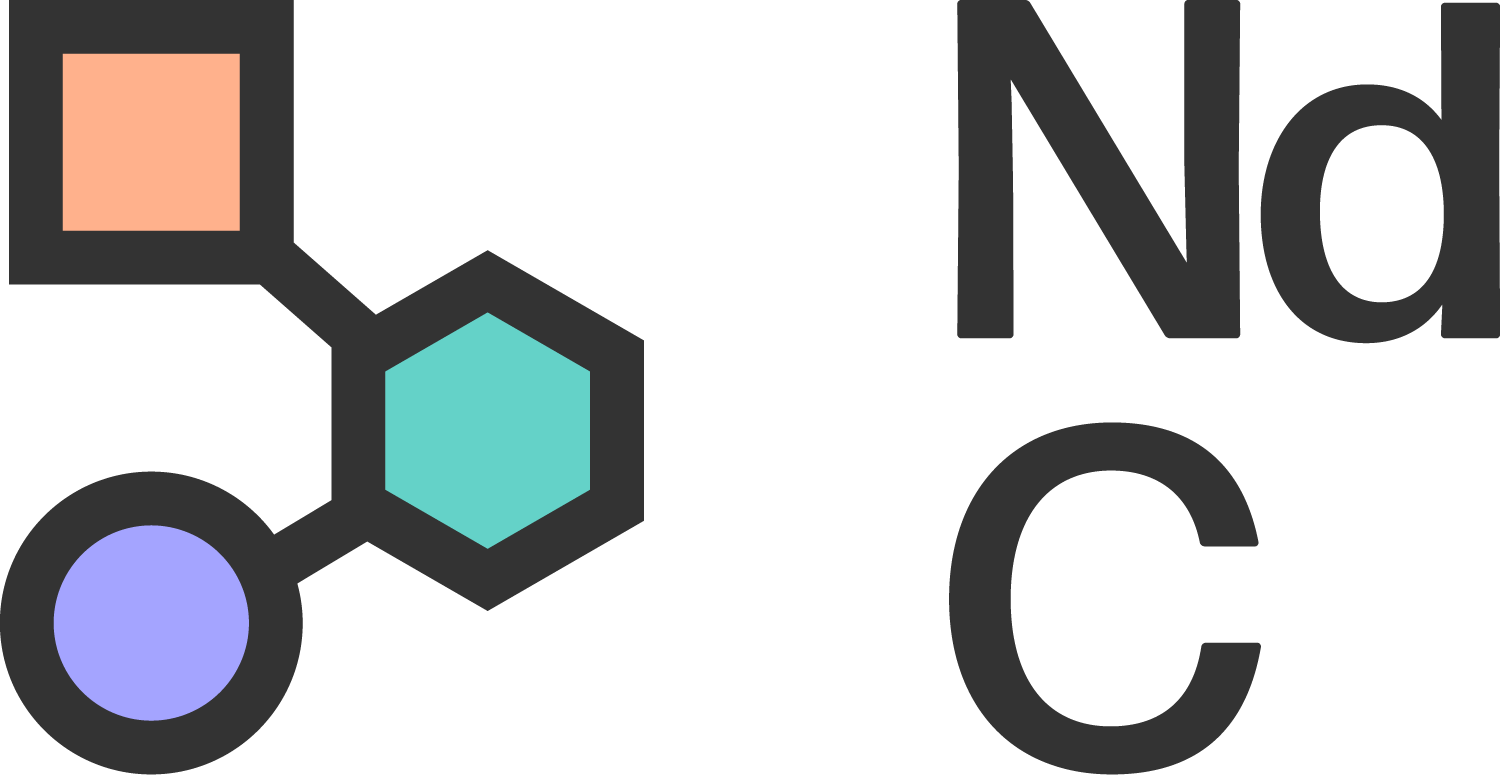Why I continue to speak out and provide support to the Neurodivergent community
I was sixteen years old, in the middle of a mental health crisis. I had just spent three months in a children’s mental health unit, feeling like my life was over. I believed that I hated myself and nothing would ever change that. I felt broken.
Then I was diagnosed with autism.
The instant rush of relief was undeniable. Maybe this explained why I was the way I was. Maybe all the mistakes I had made weren’t my fault. Though I knew this moment was enormous, I didn’t really understand the intricacies of what autism meant. It seemed no-one around me did, so I turned to Twitter. Little did I know that this would open a door of hope.
A few tweets later, and I discovered a whole community of autistic people.
They signposted me to resources I didn’t know existed, sent words of affirmation and support, and introduced me to terms I had never heard of. Like alexithymia (a difficulty identifying and recognising emotions), autistic burnout, meltdowns, and shutdowns (autistic experiences often occurring from living in a neurotypical world) and masking (attempting to suppress autistic traits to fit in). These descriptions were painfully familiar and made me feel seen properly for the first time in my life. Being provided with the language to explain these was revolutionary. I finally understood some of the things I never had about my brain. And I realised that I wasn’t the only one.
After years of being bullied, and feeling isolated and confused, I was surprised to find my experiences reflected in so many others’ stories. Connecting with them made me feel less alone. And, when I began to share my own experiences bit by bit, I was surprised that people wanted to listen, and that my voice was valued.
The impact of this was not limited to the online sphere. My own learning created ripples of understanding amongst my family, friends, school, and now, workplace.
I was told that sharing my own knowledge and experiences was making a difference to other people. I felt like I was doing something good. But the more I learned, the angrier and sadder I became.
I learned that autistic adults without a learning disability are nine times more likely to die by suicide (Autistica), and two in three autistic adults have considered taking their own life (Cassidy, 2014). That late diagnoses can lead to poorer mental health and a lower quality of life (Atherton et al., 2021) and 80% of autistic girls remain undiagnosed at the age of 18 (McCrossin, 2022). I listened to countless numbers of traumatised autistic people sharing their experiences of the education and healthcare system, and I realised how many of us there are who have been let down. The problem was so much bigger than I had first thought.
Every story I heard, the angrier I became. But I also became more determined to fight to improve things for the future generation of autistic people.
I could have walked away from these problems and tried to forget the journey I had as a teenager, but I couldn’t. I couldn’t change what I had been through, but I could try to use my experience and knowledge to do something good. And I will continue to, for as long as I can, because autistic people deserve so much better. I hope that the more of us who speak up, the less alone autistic people will feel, and the more society will understand and accept us for who we are.
References
Atherton, G., Edisbury, E., Piovesan, A. & Cross, L. (2022, online 2021). Autism through the ages: a mixed methods approach to understanding how age and age of diagnosis affect quality of life. J Autism Dev Discord, 52(8), 3639-3654.
Autistica. (undated). Suicide and autism: signs and symptoms.
Cassidy, S., Bradley, P., Robinson, J., Allison, C., McHugh M., Baron-Cohen, S. (2014). Suicidal ideation and suicide plans or attempts in adults with Asperger's syndrome attending a specialist diagnostic clinic: a clinical cohort study. Lancet Psychiatry, 1(2), 142-147.
McCrossin, R. (2022). Finding the true number of females with autistic spectrum disorder by estimating the biases in initial recognition and clinical diagnosis. Children (Basel), 9(2), 272.

